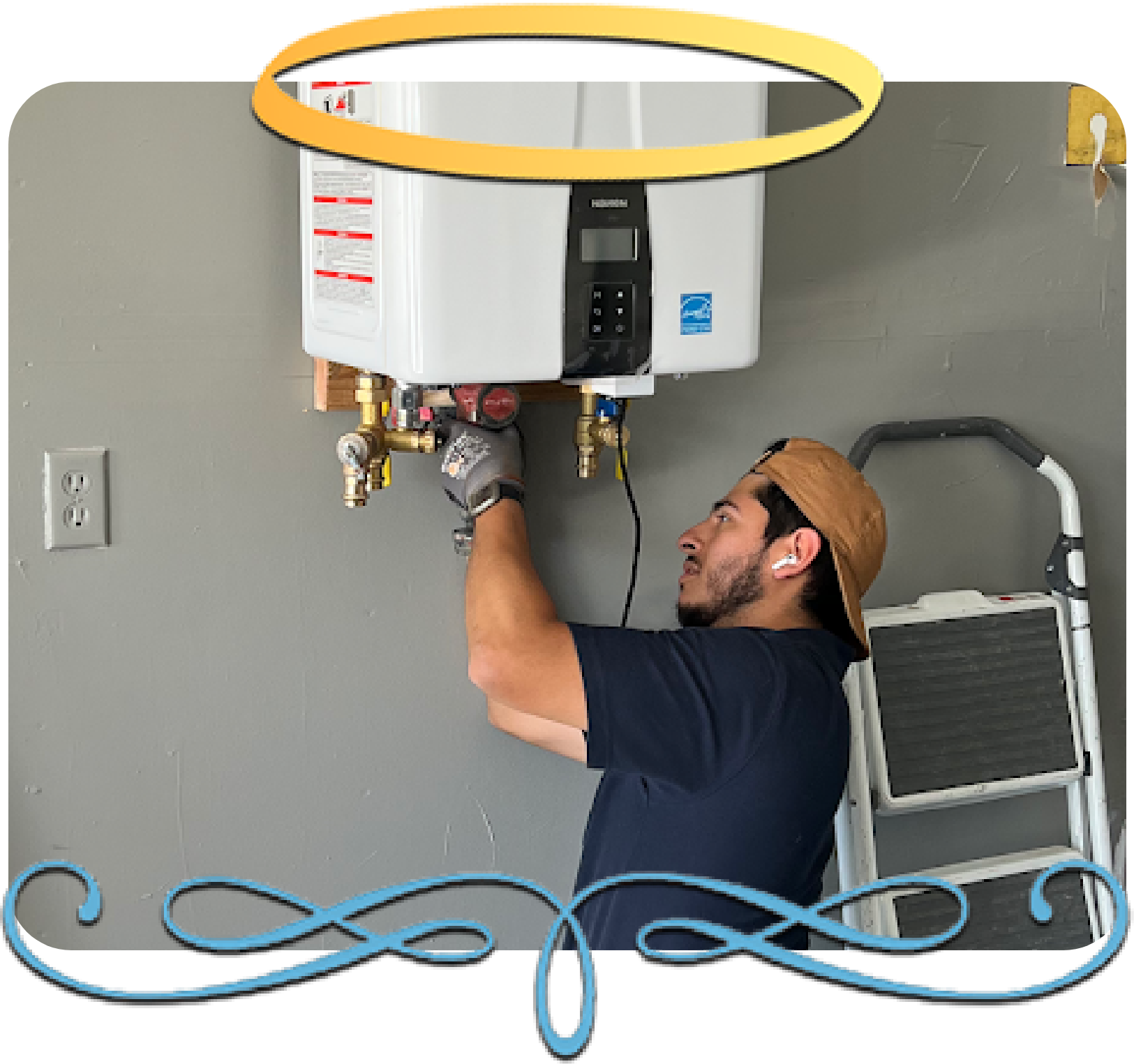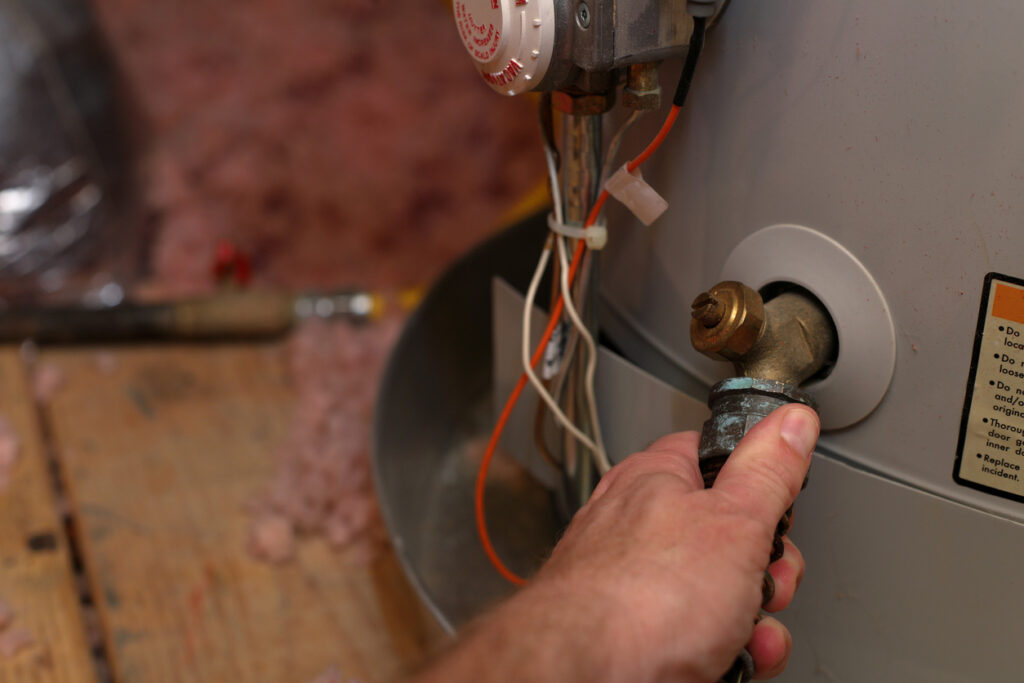Energy efficiency is a big concern among homeowners and potential buyers. Water heating is the third-biggest recurring expense in many homes. You can use energy efficiency to both help the planet and save money on your monthly bills. Tankless water heaters provide one way to potentially save energy, but they’re not automatically an obvious choice over traditional tank models. Both have their pros and cons that you need to know and consider when choosing what’s right for your home.
Tankless Benefits
The primary advantage of using a tankless water heater is saving energy due to high efficiency because it only uses energy when hot water is actually called for. Tankless water heaters are also very reliable and produce several gallons each minute. With their compact size, tankless water heaters take up far less room than traditional models. They’re also quite durable and can last 20 years or more. Versatility is another benefit: You can create zones with them inside your home or even install one on an exterior wall.
Tankless Drawbacks
One downside of tankless water heaters is that they cost more than tank models. Installation is also often more expensive due to their complexity and the need for piping and venting. Installing a tankless system in a newly built house might cost the same as a conventional tank heater, but retrofitting existing homes can get pricey. You might also need more than one tankless heater because a single unit might not produce enough hot water for using multiple fixtures or appliances at the same time.
Tank-Style Benefits
Conventional tanks are often cheaper. A typical 30-gallon tank might cost only a few hundred dollars and feature a simple installation. They’re also cheaper to replace with a similar-sized tank. While many tout the energy efficiency of tankless water heaters, a growing number of conventional heaters are Energy Star certified, which means they can also save you money over time.
Tank-Style Drawbacks
A conventional tank is always going to be on, using energy to keep water hot or reheat it. The tank can also simply run out of hot water and take time to refill. Installation options are narrow, take up lots of space, and aren’t possible outside your home. Durability is another concern. A model with a storage tank might last only 10 to 15 years.
Call Us for a Professional Job
Both kinds of water heaters have their upsides and drawbacks. Which one is right for each home is going to vary. We hope that reading this has helped you make your choice. When you need water heater installation or repairs, reach out to us at Almighty Plumbing in Antioch, CA.







 $50 Off
$50 Off  $20 Off
$20 Off
